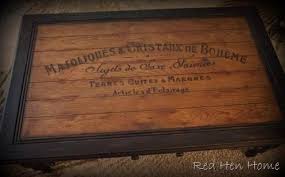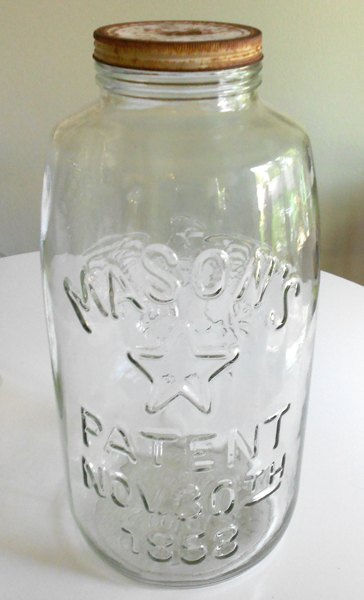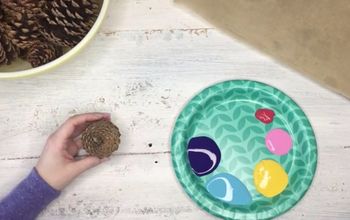Typography transfer using liquitex onto stained wood

-
http://www.liquitex.com/techniques/ This site has info on some of the uses for liquitex. You may be able to find help from the company. Basically it's a type of paint. One thing I see is you have to varnish after your work is done. I believe you would stain the wood first because the stain would cover everything there or at least change the color of the print. Going back to decoupage the order would be stain, apply art work, several coats of decoupage and use steel wool for sanding off spots after each coat dries. I'd go with the pens for easier handling, instead of a brush.
 Deanna Nassar
on Sep 16, 2016
Helpful Reply
Deanna Nassar
on Sep 16, 2016
Helpful Reply -
-
I have to say that I rarely use this type of transfer, because I thing it's a lot of work. What can look interesting is to use t-shirt transfer paper to do a transfer to wood. It will be a bit less solid looking, especially if the wood is rough. However, it could be done, then stained.
 Marilee H
on Sep 17, 2016
Helpful Reply
Marilee H
on Sep 17, 2016
Helpful Reply -
-
You can also reverse the image on you computer, then print it onto a piece of clear plastic sheet (cellophane) available in most stationary shops. Immediately lay the printed image face down onto the wood, and use a credit card to squegee the ink onto the wood. It might take more than one go, but it really does work. Just run the cellophane under the tap before you print your second attempt. Line it up carefully and away you go. You can re-use the cellophane as many times as you like, but do a practise run first. Varnish when you've finished.
 Jack Rogerson
on Sep 17, 2016
Helpful Reply
Jack Rogerson
on Sep 17, 2016
Helpful Reply -
-
Test this first with some other transfer but once the ink has had some time to dry, apply a thin coat of your acrylic gloss over the area. Then let it dry as well. Then you can apply a spray clear gloss or matte finish over that which will then protect the print. Rustoleum or Valspar work great and the acrylic gloss you applied will reduce the risk of the ink bleeding. The spray glosses and vanishes can soften the ink until they too have dried. I use this process on a number of my paintings but only once on a silhoutette transfer.
 Phillipcardjr
on Sep 20, 2016
Helpful Reply
Phillipcardjr
on Sep 20, 2016
Helpful Reply -
Related Discussions
Blackout curtains behind vertical blinds
I have two 6' patio doors, and I want to add blackout curtains to keep the sun/cold out. What is the best way to hang them, and what can I use to push the curtains ba... See more
How to make a balloon garland?
Does anyone know how to make a balloon garland or a balloon arch?
Does anyone know what this is?
Just turn them upside down and open them, then insert a roll of paper towel and tada, you have yourself a brand new paper towel holder that is not only beautiful, but... See more
Can anyone identify this vintage wooden crank box?
The item is solid wood, standing aprx. 26" high x 16" wide, no exterior holes or outlets, side crank handle turns four wooden paddles inside with various size holes o... See more
What to put in this huge mason jar?
I have a HUGE mason jar. I would like some ideas on what to put in it for decorations, other than flowers.
How can I find discontinued Pulaski or Neiman Marcus/Horchow furniture
I am looking for the discontinued Pulaski Royale collection nightstand, Neiman Marcus/Horchow also sold it, but called it the Royalty collection. I have looked all ov... See more
Ideas on different things I can do with these yummy old spools?
I'm a picker and came across lots and lots of these beauties. I took home several boxes of these purdies and are using for different projects. However, I want to find... See more






